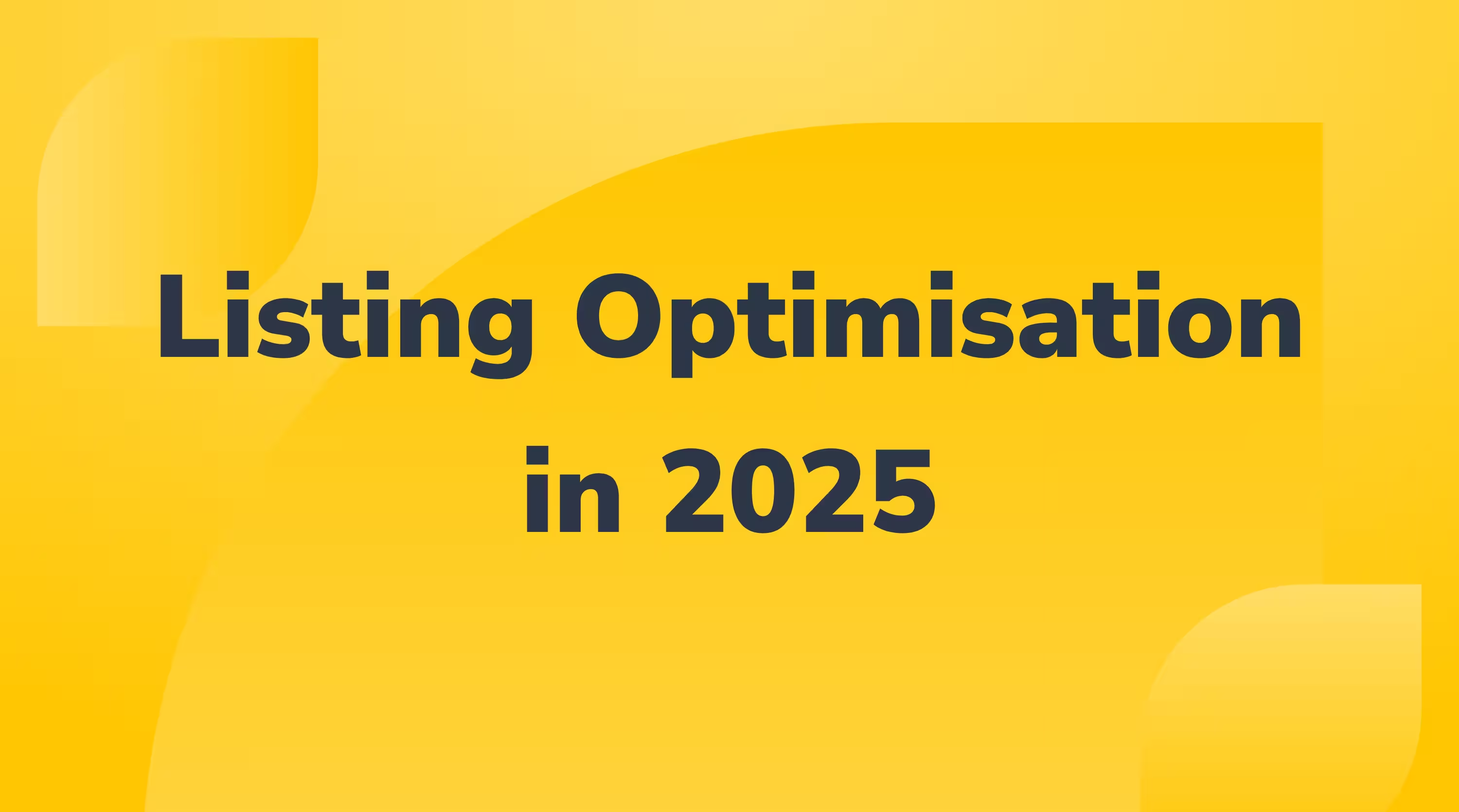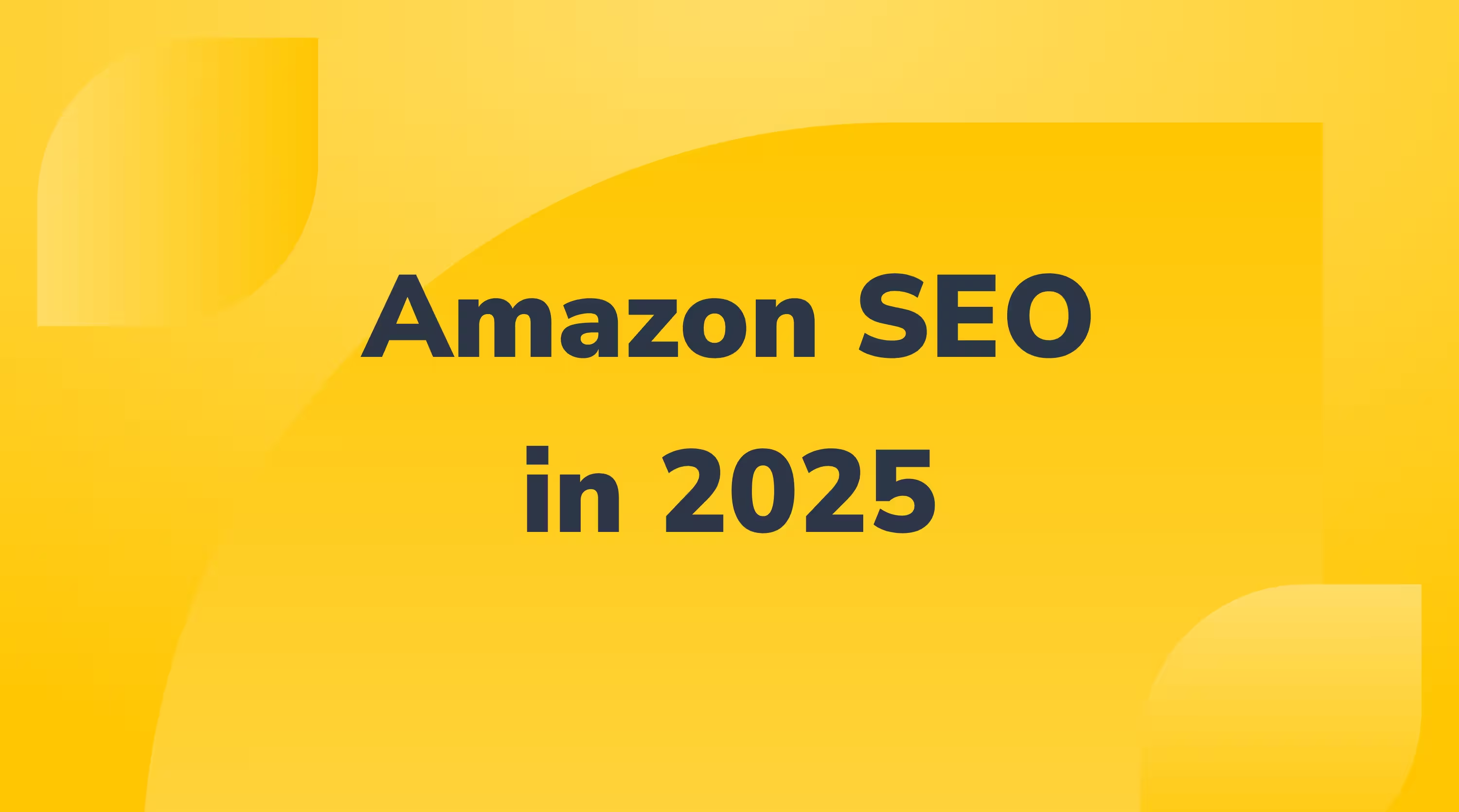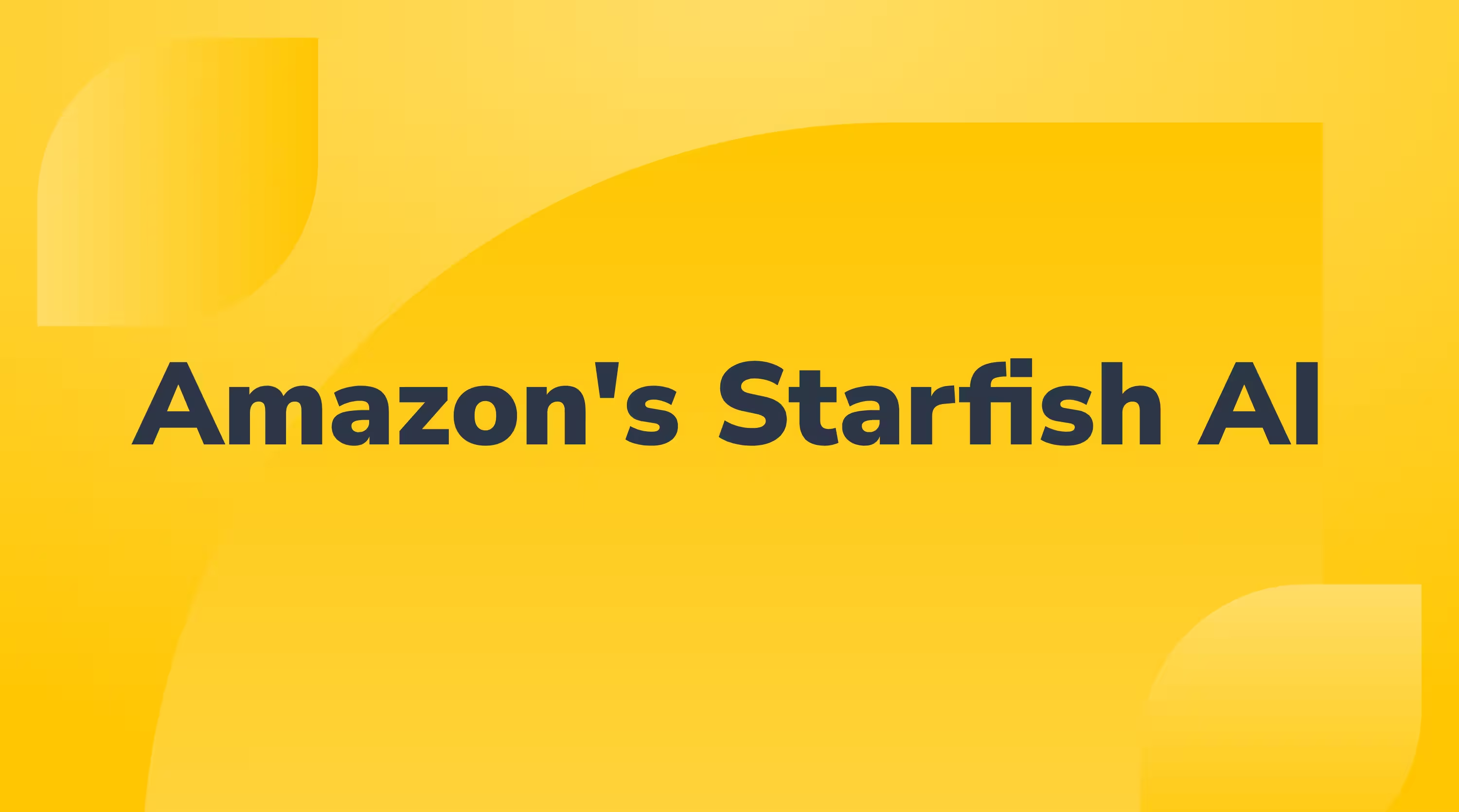The Secret Sauce to Smash Amazon - Full Funnel Advertising

It’s fair to say that the vast majority of Sellers will have, at the very least, dabbled in the world of Sponsored Products ads to boost the visibility of their products and drive more sales. However, this is just one facet of Amazon’s Advertising suite and tends to operate towards the bottom of the marketing funnel. If you are looking for growth in both incremental sales and market share, it’s vital to introduce upper-funnel ad formats into your advertising mix. Let’s look at your options and the best way to use them.
Sponsored Brands
Maybe we are old-fashioned, but we find it helps to think about marketing activity in terms of a customer being in a physical shop. View Sponsored products as your way of getting your product placed prominently in the big supermarket (that is Amazon’s results page), where your product is lined up against all your competitors and you judge it on ratings, reviews, pricing, etc.
Sponsored Brands, on the other hand, are the digital equivalent of the front of your very own shop. In the real world, you’d have a big sign with your logo, an eye-catching window display and some of your most exciting products on show. Sponsored Brands ads act the same way, with Product Collections showcasing a curated selection of your best sellers or video ads shining a light on your hero product.
If someone decides to walk into that shop (i.e. click on your ad), then you have them in an environment that you control, whether that’s a storefront, curated landing page, or even specific product detail pages.
Returning to the funnel, Sponsored Brands tend to cover anywhere from product research to actual purchases. It’s about brand awareness and real estate, but when paired with different targeting, you can either focus more on the bottom of the funnel or think about more generic, category-based keywords that will capture the attention of those who are in the research phase.
KPIs to focus on: Sales, ACoS, and conversion rate are all important, but for Sponsored Brands in particular, we like to focus on “new to brand” metrics as the overall aim is to win very limited placements over competitors. They are a great tool; however, they can come with higher ACoS and other efficiency metrics, particularly if focusing on brand awareness.
Sponsored Brands are particularly good if you’ve got a great store and coherent collection of products. But the video format and ability to direct to a single product mean that even if you’re focused on a hero product, you can win some additional real estate.
Sponsored Display
The major difference between Sponsored Products/Brands and Sponsored Displays is targeting moving away from keywords and into audiences and behaviours. In addition, rather than operating purely in the Amazon ecosystem, Sponsored Display allows you to get your product in front of customers all over the web.
You can use either image or video formats and pair your creative with either audience targeting or contextual targeting.
Audience targeting aims at users based on behaviours that they have displayed in the past. E.g., product views, product purchases, or some pre-built Amazon audience around life events, in the market etc.
On the other hand, contextual targeting is based on what behaviours the user is displaying on the internet at that very moment – are they viewing particular products or categories on Amazon right now, or are they browsing sites off-Amazon related to those categories?
This format actually sits across the funnel but is higher up than a Sponsored Product ad because you are hitting users when they may not be actively in the mood to purchase.
How to measure success:
Remarketing and audience targeting are great for cross-selling or for “basket-abandoners”, people who nearly got there—essentially going after the users who were close to purchasing either your product or a similar product and giving them a gentle nudge to get them over the edge.
Contextual targeting is further up the funnel, not necessarily talking to people who are in-market to purchase right now, but inferring their interest in your product from the behaviour they are currently showing. As such, you can expect high visibility metrics (e.g., impressions, clicks) but an inefficient performance from the perspective of conversions. Your primary aim for this type of targeting should be brand awareness.
Editorials
These are product recommendations written by a selected group of 3rd party reviewers that show on the results page to generate more real estate on the search page.
Social proof is vital, and independent reviews help with that – those who have used the VINE programme will know the impact that a relatively small number of reviews can have on getting your listing going can’t be underestimated.
But where VINE is for people just starting out, Editorials is meant for mature products – there’s a list of requirements including minimum reviews, ratings, inventory, etc.
There’s a chance that products get selected organically by third-party reviewers. Still, you can also reach out, or various services have existing networks that they can leverage to boost your chances of getting selected.
These are good for products that sit within a more generic, high-competition niche. If you’re the only person doing what you do, you may have less need to get that social proof.
Demand Side Platform (DSP)
In some ways, there’s a cross-over between Sponsored Display and DSP in that they are focused on contextual and audience-based targeting methods and allow brands to show ads both on Amazon and off Amazon partners like fire tv etc.
The difference is that for DSP, you don’t need to be an Amazon seller, whereas Sponsored Display will always go back to your Amazon listing.
DSP is aimed to scale as CPM (Cost Per 1000 Impressions) is used, whereas Sponsored Display is more traditional Pay Per Click (or Viewable Cost Per 1000 Impressions).
Minimum investment – DSP requires heavier investment, both in terms of accessing it and getting benefits from the audience insights and the volume of data. Higher barrier to entry, but more control and insights as a trade-off.
What you gain with DSP over Sponsored Display is control and granularity for reporting and targeting. You gain the ability to segment audiences and target in extremely specific ways, as well as exclude users based on purchase behaviour (which can be very useful in avoiding wasted spend).



